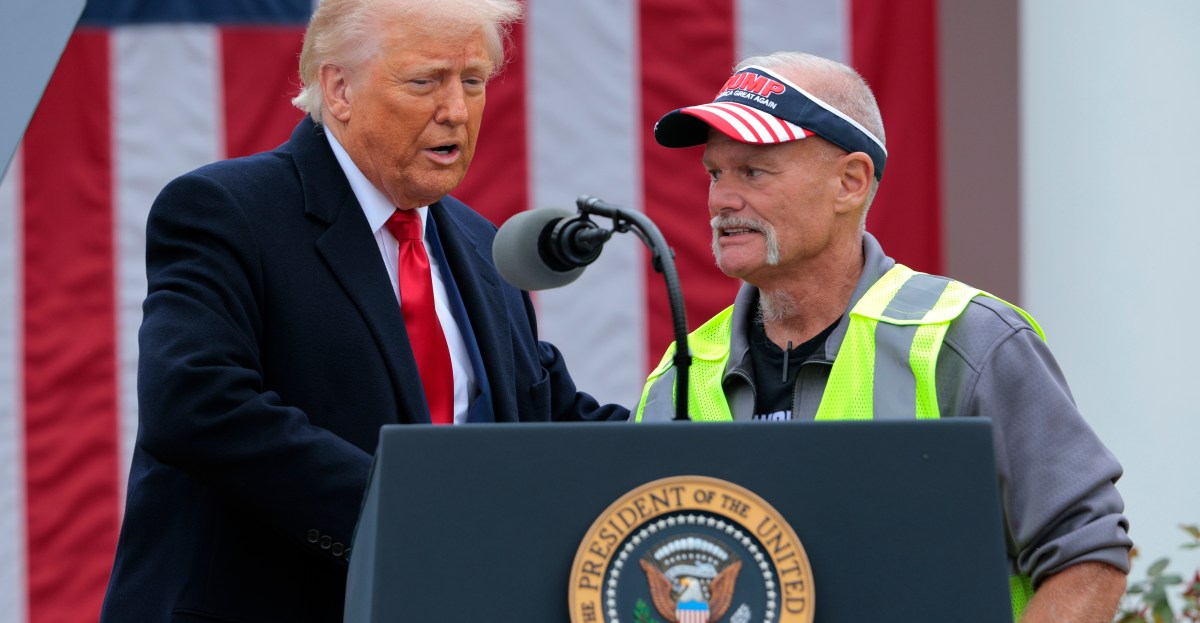Trade Tensions: Labor Unions Caught in the Crossfire of Tariff Tug-of-War

Trade Wars and Working-Class Dilemmas: The Complex Union Stance on Trump's Tariffs
In the intricate landscape of American trade policy, Donald Trump's tariff strategy has created a paradoxical situation for workers and unions. While conventional wisdom might suggest that protectionist trade measures would uniformly benefit American workers, the reality is far more nuanced.
Trump's aggressive tariff approach, particularly targeting industries like steel and manufacturing, promised to revive domestic production and protect American jobs. Initially, this narrative resonated with many working-class communities that had witnessed decades of industrial decline. Some unions, traditionally aligned with Democratic economic policies, surprisingly found themselves cautiously supporting these measures.
The United Steelworkers, for instance, initially welcomed tariffs on imported steel, arguing that they would level the playing field for domestic manufacturers. By making foreign steel more expensive, the union believed these policies could reinvigorate American steel production and preserve jobs.
However, the economic consequences were more complicated. While certain sectors saw short-term benefits, many businesses faced increased production costs. These expenses were often passed down to consumers, effectively creating a hidden tax that disproportionately impacted working-class families.
The tariffs' mixed results exposed a fundamental tension: protection versus broader economic impact. Some unions recognized that while targeted protections might help specific industries, the overall economic disruption could harm workers more extensively.
As the trade war unfolded, the initial union enthusiasm gradually gave way to a more critical assessment. Workers began experiencing the complex ripple effects of these policies, challenging the simplistic narrative of economic nationalism.
This nuanced story reveals the intricate relationship between trade policy, labor interests, and economic reality—a reminder that global economic dynamics rarely conform to straightforward solutions.
